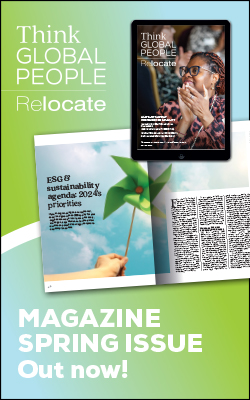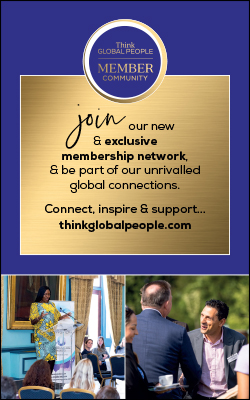The new face of global mobility
Today, many companies expect their global mobility teams to be strategic partners and to act in a proactive and predictive way rather than a reactive one, says Mary Beth Nitz, of Altair Global.

- Manage compliance and risk related to immigration and tax compliance
- Reduce employee productivity loss through the delivery of an excellent transferee/assignee experience, so the employee can concentrate on their new role
- Ensure the organisation realises the best value for the money through effective supply-chain management
- Contribute to the development of a viable and maintainable talent supply
- Promote and support the rapid deployment of key skills and talent
- Develop and deliver meaningful management information to aid business strategy and decisions
- Partner with the business, understand the wider business strategy, and then develop effective communications, policies, and processes to deliver the talent mobility strategy
Programme efficiency, transparency and ROI
Change is both constant and rapid, resulting in the need for quick decisions with global oversight in mobility programmes today. Technology advances have been leveraged to help improve the centralisation of the global mobility function.These advances allow corporations to maintain regional workers and administration but centralise overall programme management. This results in greater consistency in administration and service delivery, as well as improved global reporting capabilities.Centralisation helps further to amplify the importance of regional mobility teams. Companies are able to harness regional expertise and local perspective, while enabling ongoing collaboration between the centralised mobility team and the regional teams.Utilising communication technologies such as screen sharing, chatting over video, and even getting to know each other personally through social media help global teams work together in real time.As global mobility teams expand in terms of size and responsibility, they must become rapidly agile in deploying policies and service providers to offer employees the relocation support they need and desire. This is likely to be an ongoing challenge − one that we don’t expect to subside any time soon.Organisations are using mobility data to make policy and deployment decisions that lead to more valid and defendable forecasts. These forecasts provide senior management with appropriate, real-time tools in a sleek, deliverable to formulate projections regarding organisational objectives and mobility programme outcomes.Accurate and complete data leads to reporting and metrics that tell a powerful story, which is invaluable to secure international leadership backing for global mobility programme additions or enhancements.The result is a streamlined, standardised, employee-centric approach that comprises fewer customised policies and exceptions, more accurate mobility metrics, and firmer compliance. This provides transparent delivery of benefits that is easily tracked and reported to management to match real-time touchpoints in their regions. With a more precise methodology, those in the field are able to report their improvements, progress, failures, and areas of improvement without any data being lost in translation or communication transfer. The communication gap becomes smaller, business relationships become more fortified in trust and experience, and the senior leadership needed to manage these teams becomes smaller and more intimate, which is ultimately more profitable for an organisation through building effective, regional mobile business units.For further information about Altair Global and its services, visit altairglobal.com
Relocate magazine's Spring 2017 issue is available online.
Access hundreds of global services and suppliers in our Online Directory.
 Get access to our free Global Mobility Toolkit
Get access to our free Global Mobility Toolkit 




























